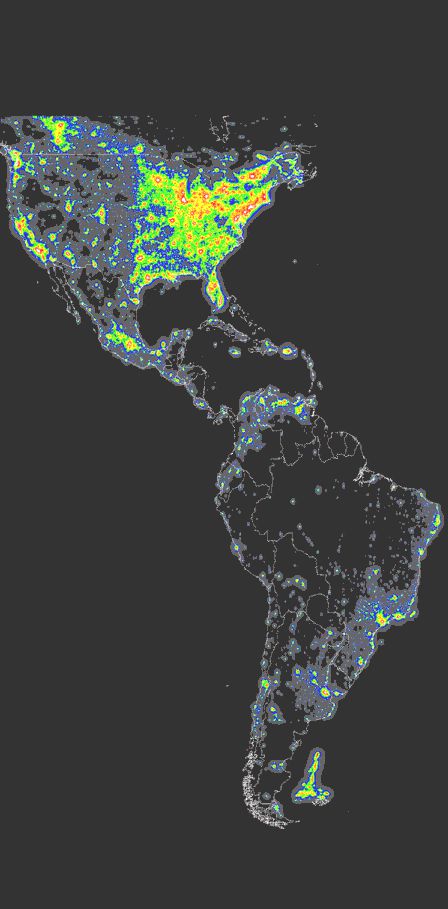Project goal
The aim of the project is to build a device for measuring the brightness of the night sky and monitoring the level of light pollution. The basis of the measuring system is the photomultiplier module HAMAMATSU H10722-20 located on a computer-controlled mount iPANO AllView Pro , which allows to point the photomultiplier anywhere in the sky. The photomultiplier is supplemented with a set of color and polarizing filters to obtain more detailed information about the nature of light pollution. The measuring system components have already been tested on the prototype . The new version has a more stable and better mount, computer-controlled filters and computer-controlled sensitivity of the measuring system. The measuring system is based on the Arduino microprocessor system and the new version of the scanner is able to measure autonomously without the need to manually change filters. The entire measurement will be controlled and monitored by the user on a laptop using a GUI written in Python.

Current scanner appearance (the scanner is fully functional, controlled by a Python GUI):

Example of the measured brightness of the sky (left), the degree of polarization (in the middle) and the polarization angle (right) of the night sky around the city of Lab:



Workflow
The work on the scanner has following phases (future steps are indicated in italic font ):- Programming the iPANO AllView Pro mount control program in Python without a GUI.
- Design of a carousel with filters in OpenSCAD and printing of plastic components on a 3D printer.
- Design of control electronics for filters and control software based on Arduino microprocessor system
- Design of the measuring head main body with photomultiplier and filter mounting in OpenSCAD and printing of plastic parts on a 3D printer
- Design of control electronics for photomultiplier and writing the control software in Arduino system
- Design of power supply circuits for powering a system from a 12V car battery.
- Design of a communication protocol between the GUI and Arduino.
- Programming measurements in Python.
- Field Scanner Tests
- Creating a GUI in Python
